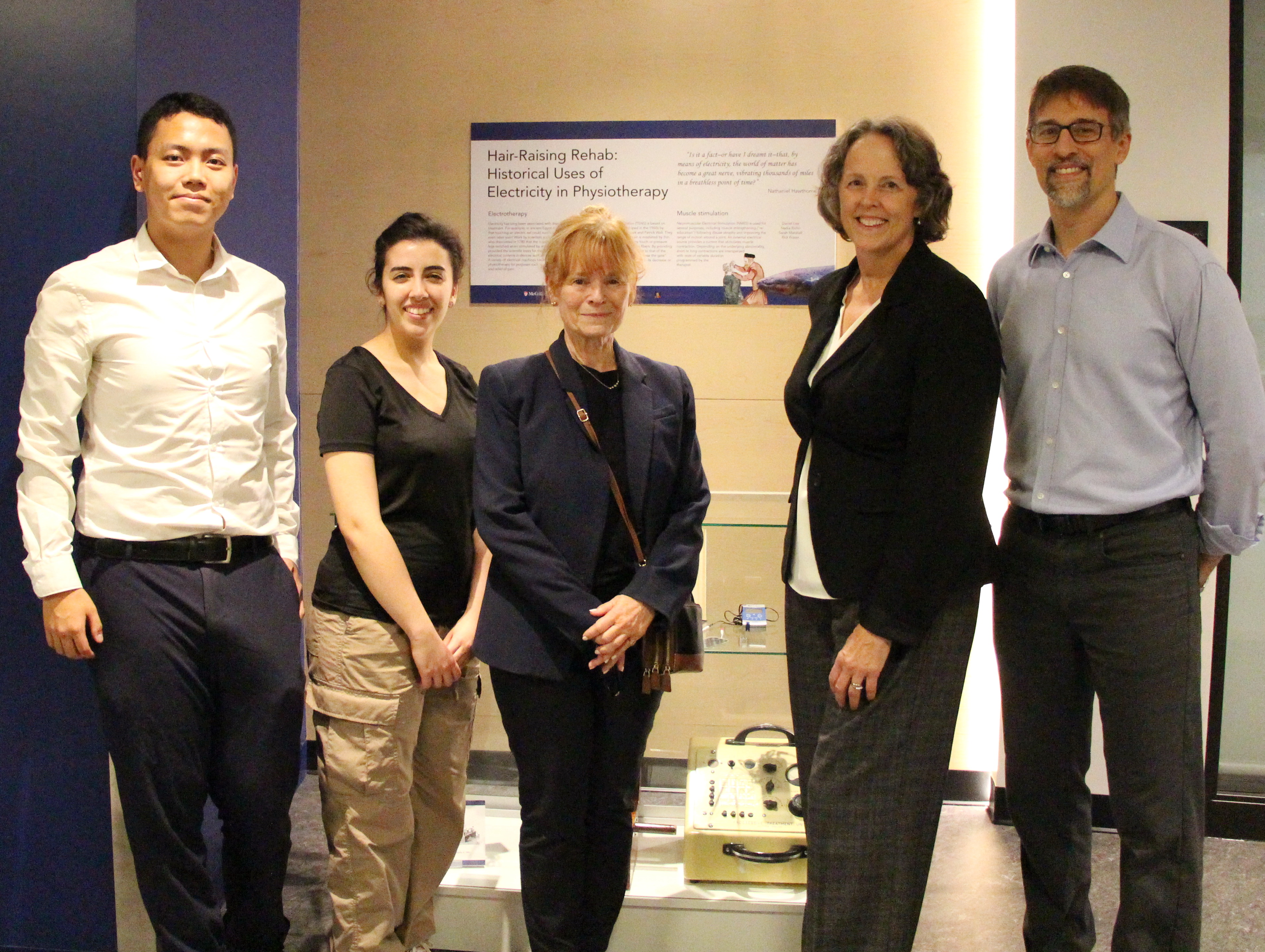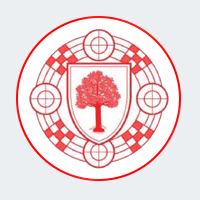Avid historians, Sarah Marshall PT, Fellow, Faculty lecturer, School of Physical & Occupational Therapy, and Rick Fraser, MDCM, Professor, Department of Pathology, Director of the Maude Abbott Medical Museum, and pathologist at the McGill University Health Centre together with two recent Physical Therapy graduates have curated a display of intriguing physiotherapy equipment dating back to 1940?
The curation was accelerated by then masters students, Daniel Lee and Nadia Bichri, who worked on the project while finishing their studies in the summer of 2023. The display case is ready for all to view on the third floor of the McIntyre building for the next few years. The following are texts created to describe the areas of electrotherapy, muscle stimulation and treatment of pain.
Next time you pass by the McIntyre building, take a moment to look at the evolution of physiotherapy modalities and approaches over time!

Electrotherapy
Electricity has long been associated with disease and its treatment. For example, in ancient Egypt it was believed that touching an electric eel could numb toothache or even labor pain! Work by scientists such as Luigi Galvani, who discovered in 1780 that the muscles of dead frogs’ legs twitched when stimulated by an electrical spark, provided the scientific basis for the modern use of electrical currents in devices such as cardiac pacemakers. A variety of electrical machines have been employed in physiotherapy for purposes such as muscle stimulation and relief of pain.
Muscle stimulation
Neuromuscular Electrical Stimulation (NMES) is used for several purposes, including muscle strengthening (“re-education”) following disuse atrophy and improving the range of motion around a joint. An external electrical source provides a current that stimulates muscle contraction. Depending on the underlying abnormality, short or long contractions are interspersed with rests of variable duration programmed by the therapist.
Pain
Transcutaneous nerve stimulation (TENS) is based on the Gate Control Theory developed in the 1960s by McGill researchers Ronald Melzack and Patrick Wall. They proposed that the sensation of pain is mediated by thin nerve fibers and can be lessened by touch or pressure sensations transmitted by thick nerve fibers. By providing an electrical stimulus via the skin similar to that of the thick fibers, TENS is hypothesized to “close the gate” on an existing pain sensation, resulting in its decrease or disappearance.

